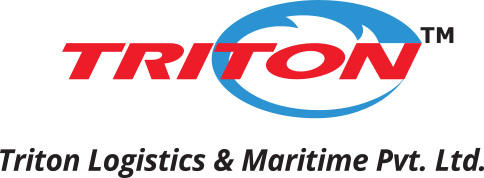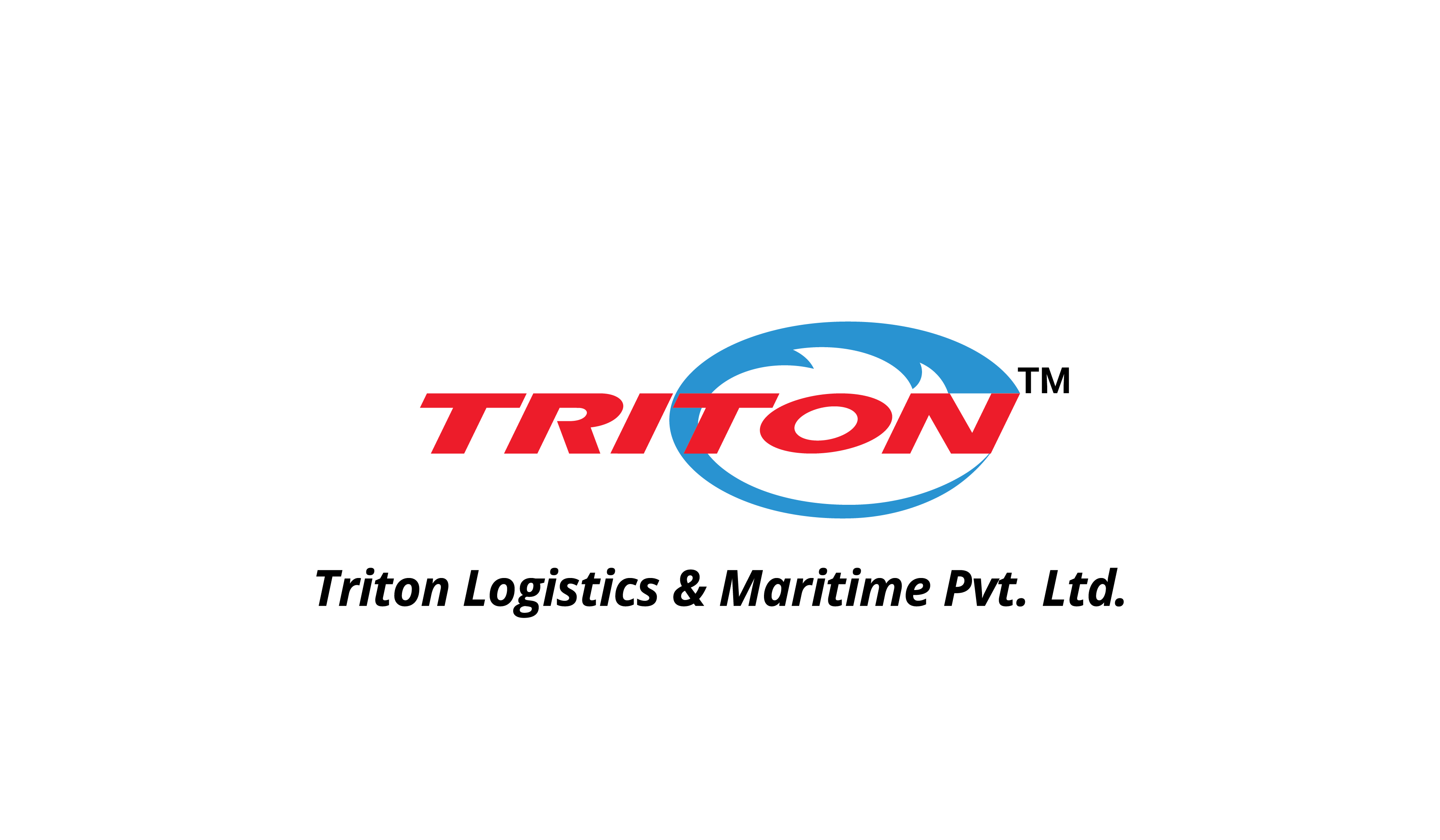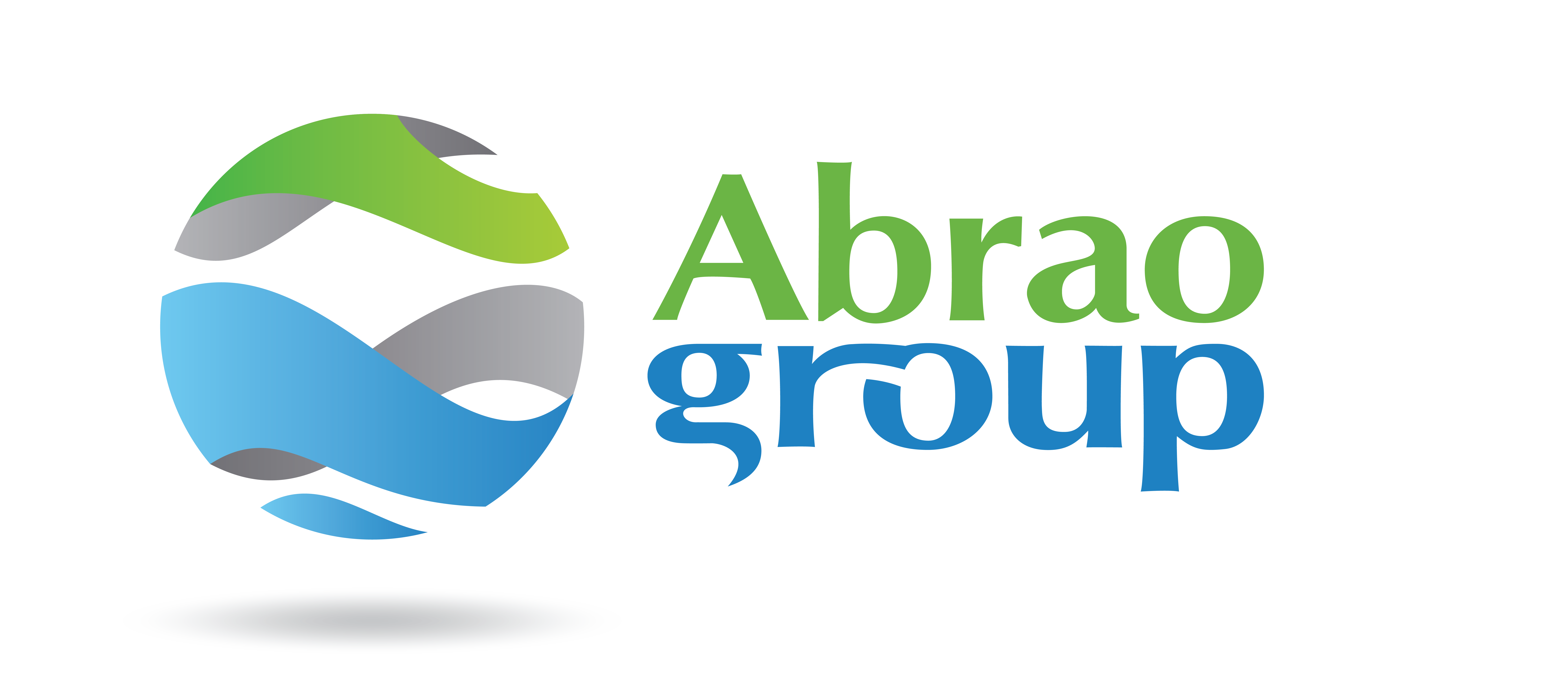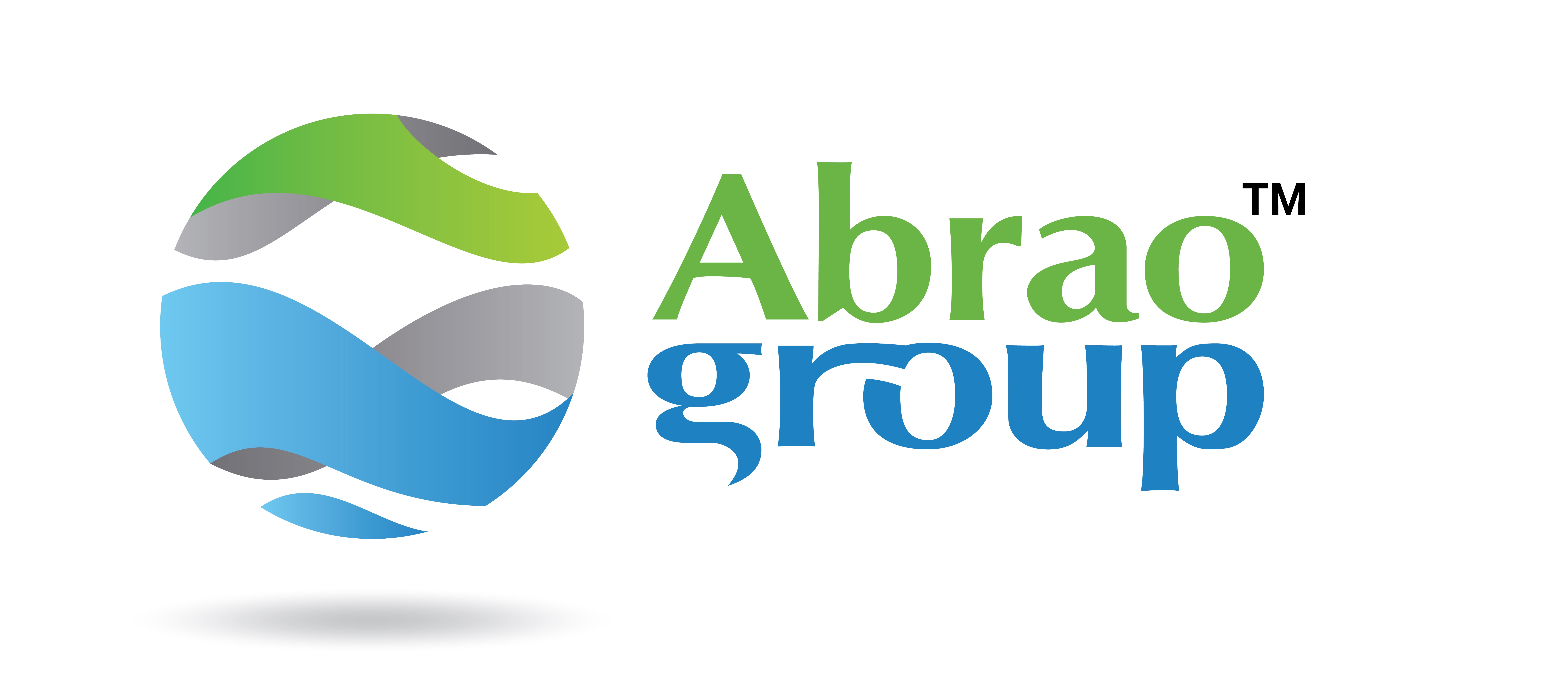Incoterms
Home -> Tricademy -> Incoterms
Incoterms
Incoterms ® or International Commercial Terms are the common language of international trade. Established by the International Chamber of Commerce (ICC), they are standard terms which are commonly incorporated into contracts for the trade of goods around the world.
They help buyers and sellers avoid costly misunderstandings by clarifying who bears the obligations, costs and risks involved in the delivery of goods from sellers to buyers.
Incoterms® provide clarity and predictability to businesses across the globe.
The Incoterms® were last updated in 2019 and hence Incoterms® 2020 are the most current version of the terms. However, some buyers and sellers still prefer to use Incoterms® 2010.
In total, there are 11 sets of Incoterms®, of which, 7 are applicable to all modes of transport, and the other 4 cater to sea and inland waterway transport only.

Incoterms® for all modes of transport
Seller makes the goods available at their location (or another named place). Buyer is responsible for all costs and risks from that point onwards. This is the minimum obligation for the seller.
Seller delivers the goods to a carrier nominated by the buyer at a named place. Seller is responsible for export clearance. Buyer is responsible for all other costs and risks from that point onwards.
Seller contracts for carriage and pays the carriage costs to the named place of destination. Seller is responsible for export clearance. Buyer is responsible for import clearance and all other costs from that point onwards. Buyer arranges for insurance (not covered by seller).
Seller contracts for carriage and pays the carriage costs to the named place of destination. Seller also obtains insurance cover for the goods in transit. Seller is responsible for export clearance. Buyer is responsible for import clearance and any remaining costs.
Seller delivers the goods to the named place of destination at the buyer’s premises or another named place. Seller is responsible for all costs and risks involved in getting the goods to that point, including import clearance. Buyer is not responsible for unloading the goods.
Seller delivers the goods and unloads them at the named place of destination at the buyer’s premises or another named place. Seller is responsible for all costs and risks involved in getting the goods to that point, including import clearance.
Seller delivers the goods and clears them for import at the named place of destination at the buyer’s premises or another named place. Seller is responsible for all costs and risks involved in getting the goods there. This is the maximum obligation for the seller.

Incoterms® for sea and inland waterway transport
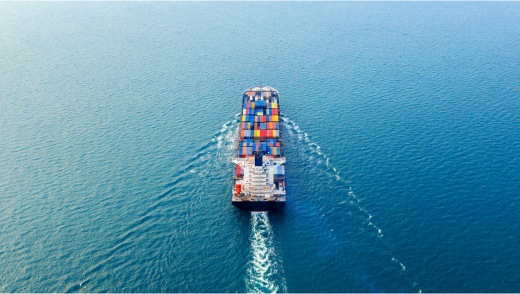
Seller delivers the goods alongside the vessel at the named port of shipment. Seller is responsible for export clearance. Buyer is responsible for all other costs and risks from that point onwards.
Seller loads the goods on board the vessel nominated by the buyer at the named port of shipment. Seller is responsible for export clearance. Buyer is responsible for all other costs and risks from that point onwards.
Seller contracts for carriage and pays the carriage costs to the named port of destination. Seller is responsible for export clearance. Buyer is responsible for import clearance and all other costs from that point onwards. Buyer arranges for insurance (not covered by seller).
Seller contracts for carriage and pays the carriage costs to the named port of destination. Seller also obtains insurance cover for the goods in transit. Seller is responsible for export clearance. Buyer is responsible for import clearance and any remaining costs.
It can be hard to keep track of all the Incoterms® and what they mean for you and your business.
That’s why we’ve created a simple infographic, summarising the key Incoterms® you will encounter when dealing with ocean or air shipping, and the split of responsibilities between buyer and seller.
